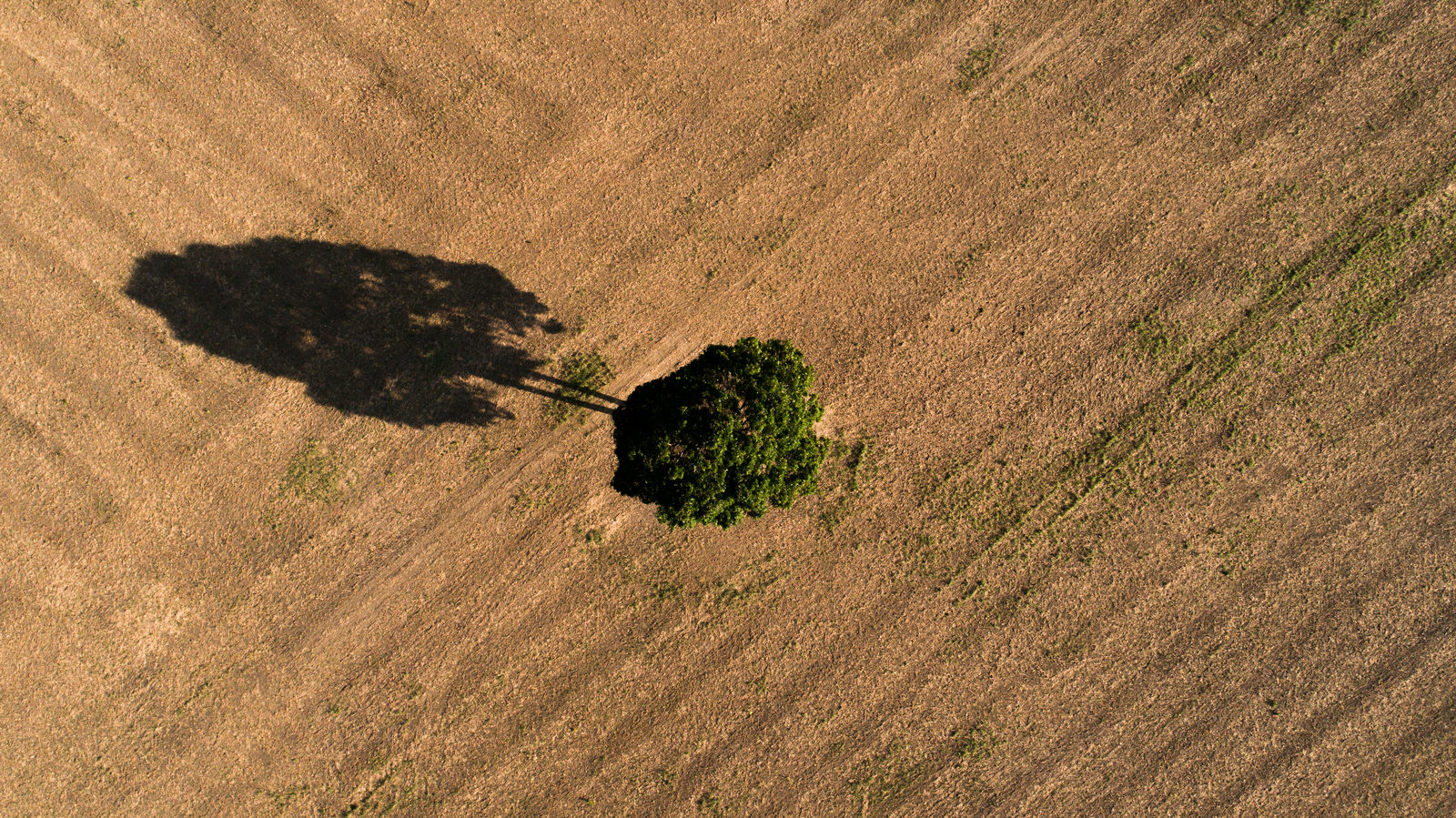The Nature Conservancy helps to show land owners in Brazil’s Mantiqueira Mountains how reforestation can be a lucrative business while also fighting climate change.
Addressing climate change is the defining challenge of modern environmentalism. Reforestation in tropical countries, where opportunity costs are low and tree growth rates are high, is a relatively inexpensive and scalable carbon sequestration opportunity. But even “inexpensive” solutions require outside funding, which has proven difficult to find at scale. Brazil’s Mantiqueira Mountains have millions of underutilized hectares to be restored, the beginnings of favorable market and policy frameworks, easy access to Latin America’s largest markets, and pilot projects upon which to build. Together, these factors mean that restoring native forests could become more financially attractive to landowners than the low-productivity cattle grazing that currently dominates the landscape.
The Nature Conservancy (TNC) intends to create the enabling conditions that make forest restoration the land-use of choice in the Mantiqueira region. The resulting 1.2 million hectares restored by 2030 will themselves be important, fulfilling 10% of Brazil’s forest restoration commitment under the Paris Climate Agreement. Additionally, our work will sequester 260 million tons of CO2 over 30 years.
One of the challenges so far has been showcasing large-scale results that combine measurable reductions in carbon with economic gains, and help avoid disastrous impacts on climate, water and food security, and wildlife. Several mechanisms have already been proven at small scale—watershed protection fees, carbon credits, planting of native timber, agroforestry models--but have never been integrated nor applied at a landscape scale.
TNC believes that two of our longstanding approaches would be a winning strategy for the region:
Water Funds: We will use the network and trust built through ten years of the São Paulo Water Fund (which conducts forest restoration in a portion of the Mantiqueira to improve water security for downstream residents) to quickly establish 20 Restoration Hubs. They will create local networks, disseminate best practices, and channel public funding to restoration projects.
Forest Restoration: We will build on our expertise on tropical forest restoration and our efforts to make the financial case for “economic restoration” (forest restoration that produces timber and fruit, as well as ecological benefits) that can play an important role in changing land use across millions of hectares.
TNC will work with decision-makers to channel potential $1 billion in public funding to tangible forest restoration. Although funds are available for restoration in Brazil, a vanishingly small percentage of it currently finds its way to projects on the ground. A large-scale, tangible project like the Mantiqueira is key to accessing those funds.
TNC will deliver training and channel resources to 284 municipalities through the Forest Restoration Hubs. We will develop a technically excellent, widely accessible training program so that local landowners and practitioners can conduct forest restoration efficiently and effectively.




